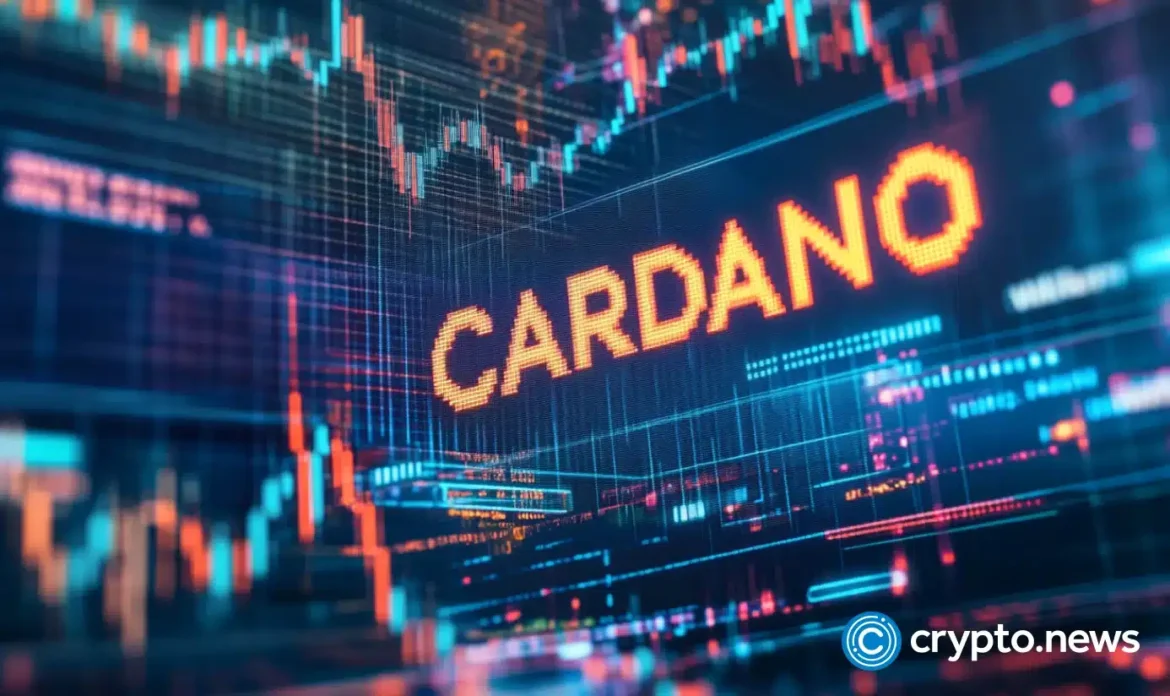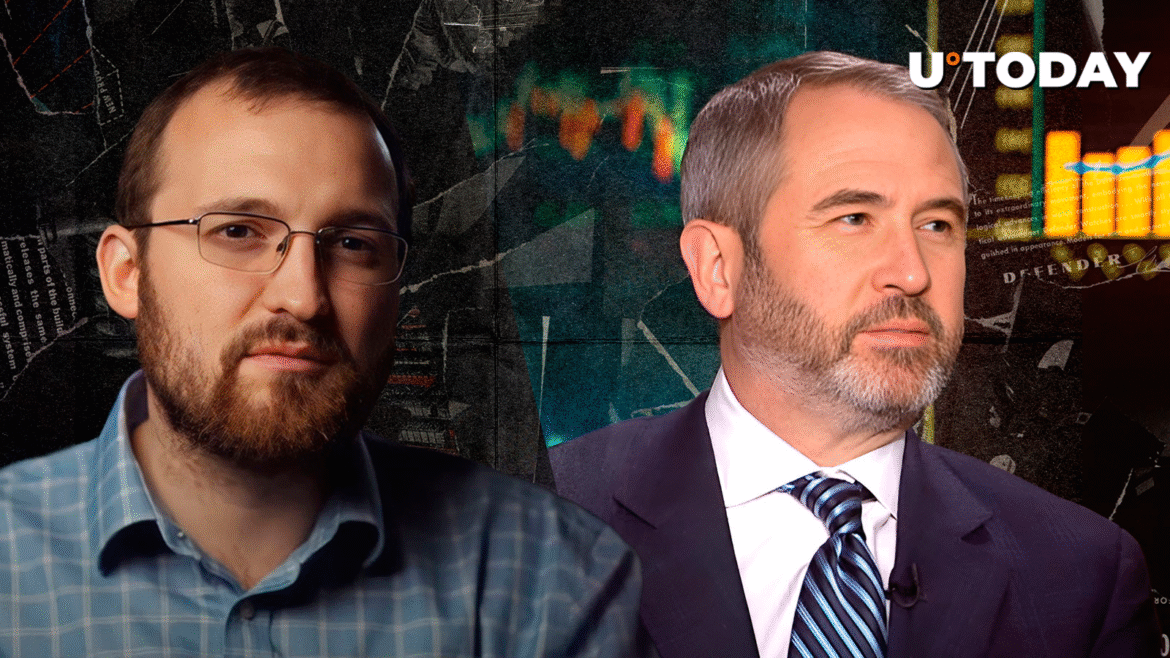Disclosure: This article does not represent investment advice. The content and materials featured on this page are for educational purposes only.
Little Pepe presale breaks records, aiming for Cardano’s explosive 2021 surge.
Summary
- Little Pepe presale hits $25.5m, building an Ethereum L2 for memes with fast, cheap, sniper-bot resistant features.
- Stage 13 presale at $0.0022 sold 15.7b tokens; it’s CertiK-audited and CoinMarketCap-listed, boosting investor confidence.
- LILPEPE could surge 1,400% to $0.033, offering early buyers potential 15x returns.
The crypto market has seen unforgettable rallies, but few compare to Cardano’s (ADA) explosive run in 2021.
ADA surged from pennies to over $3, delivering massive gains to early believers and cementing itself among the top cryptocurrencies. Traders are searching for which project could repeat that kind of move. One name keeps surfacing: Little Pepe (LILPEPE). With its presale already breaking records, LILPEPE’s setup looks eerily similar to Cardano before its breakout.
Cardano’s historic rally
The increase of Cardano in 2021 was due to more developers using it, the ecosystem developing, and the excitement around its smart contract deployment. ADA started the year at less than $0.20 and then shot up to over $3 in September, a gain of more than 1,400% in less than nine months.
That rally created fortunes and proved that underdog projects can climb into the ranks of the largest cryptos almost overnight. The scale of that move is now the benchmark many analysts use when identifying the next breakout candidate. For 2025, attention is on LILPEPE as the memecoin positioned to follow a similar trajectory.
LILPEPE’s early momentum
Little Pepe is more than just a meme token. The project is developing an Ethereum Layer-2 blockchain exclusively for memecoins, designed to be fast, cheap, and sniper-bot resistant. This makes it a unique blend of cultural appeal and infrastructure utility, something Cardano achieved by pairing vision with community enthusiasm.
Momentum around the project has been undeniable. Now in Stage 13 of its presale, priced at $0.0022 per token, LILPEPE has raised over $25.5 million and sold over 15.7 billion tokens. It is also CertiK audited and already listed on CoinMarketCap, achievements that boost investor trust.
Price targets based on ADA’s 2021 rally
If LILPEPE were to mirror Cardano’s 2021 percentage gains, the price targets would be extraordinary. At its current presale price of $0.0022, a 1,400% increase would take LILPEPE to around $0.033. That alone would mean a 15x return for early buyers.
But ADA’s move in 2021 wasn’t just about percentages; it was about momentum compounding. If LILPEPE follows the same explosive adoption curve, analysts project possible milestones such as:
- $0.10 is the first major resistance point after exchange listings, equal to a 45x increase from current levels.
- $0.50 as a mid-cycle target if community growth and ecosystem traction continue, representing over 22,000% gains.
- $1.00 as the ultimate peak scenario by 2026 would put LILPEPE alongside the biggest meme tokens in history.
For context, a $500 investment at the current presale price would return $7,500 at $0.033, $22,500 at $0.10, $113,500 at $0.50, and $227,000 if LILPEPE reached $1.
Catalysts supporting the move
Several catalysts could help LILPEPE mirror the ADA trajectory. Confirmed listings on two top centralized exchanges after the presale will provide immediate liquidity and visibility. A future listing on the world’s largest exchange would increase momentum.
Community engagement is also being fueled through major campaigns. A $777,000 giveaway is underway, with 10 winners each receiving $77,000 in tokens, and a special promotion for presale buyers between Stage 12 and Stage 17 offers additional rewards (details here). These initiatives create constant buzz and keep new investors flowing into the project.
Comparison with ADA’s growth path
Just as Cardano built its rally on the anticipation of smart contract adoption, LILPEPE is building on the anticipation of its meme-centric Layer-2 launch. Both projects tapped into strong communities at the right time in the cycle. ADA’s rally proved that patient development and hype can propel a token from obscurity to the top 10. LILPEPE is on a similar path, with strong presale traction and a clear roadmap toward ecosystem expansion.
Conclusion
The rise of Cardano in 2021 is still a good example of what might happen in crypto. If Little Pepe follows the same path, the price might go up from its presale level of $0.0022 to $0.033 in the immediate term, with greater goals set for $0.10, $0.50, and even $1 by 2026. LILPEPE has everything an investor needs to find the next ADA-style breakout: a great presale, reliable audits, early exchange momentum, and a community that is humming with enthusiasm. If the bull run continues to accelerate, LILPEPE may not just mirror Cardano gains, it could surpass them.
To learn more about Little Pepe, visit its website and Telegram.
Disclosure: This content is provided by a third party. Neither crypto.news nor the author of this article endorses any product mentioned on this page. Users should conduct their own research before taking any action related to the company.





